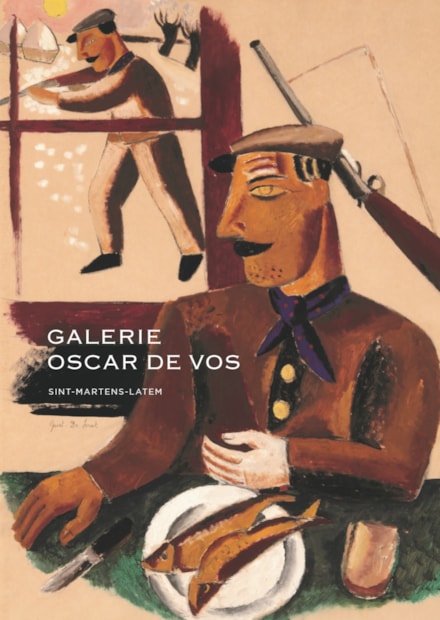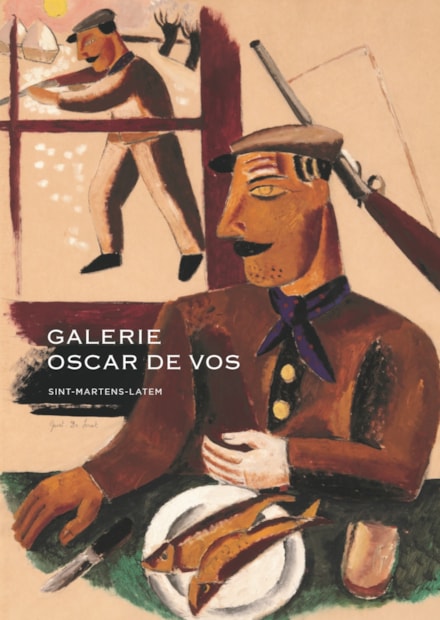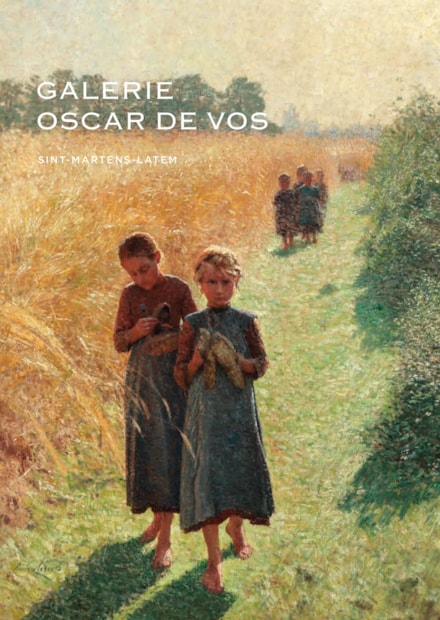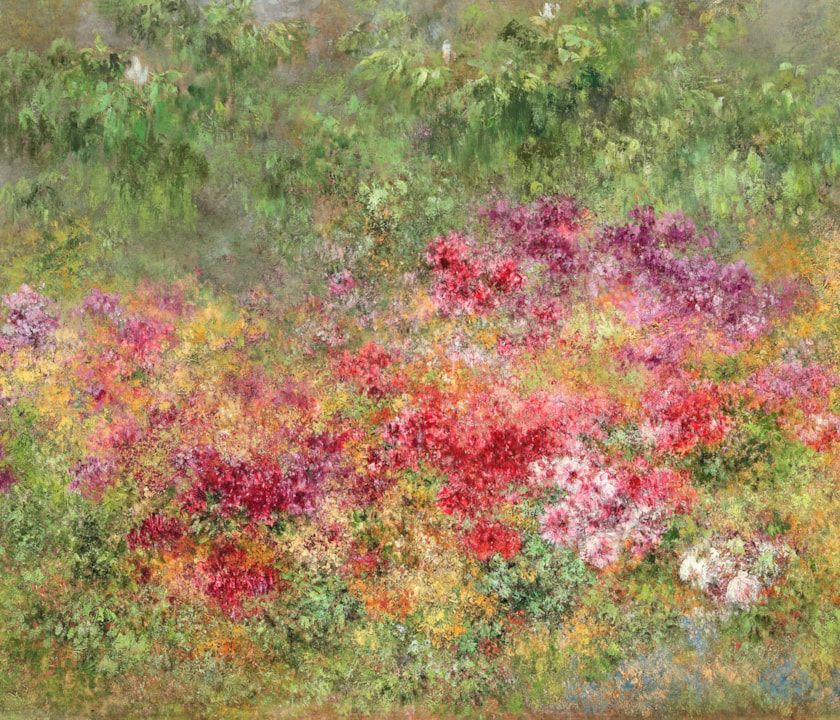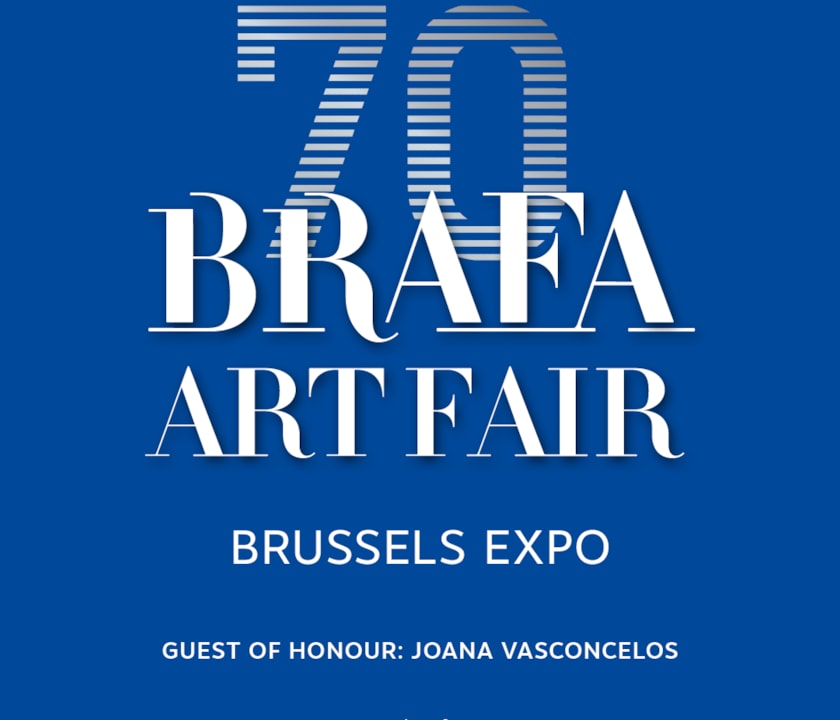Gustave De Smet
(1877 - 1943)
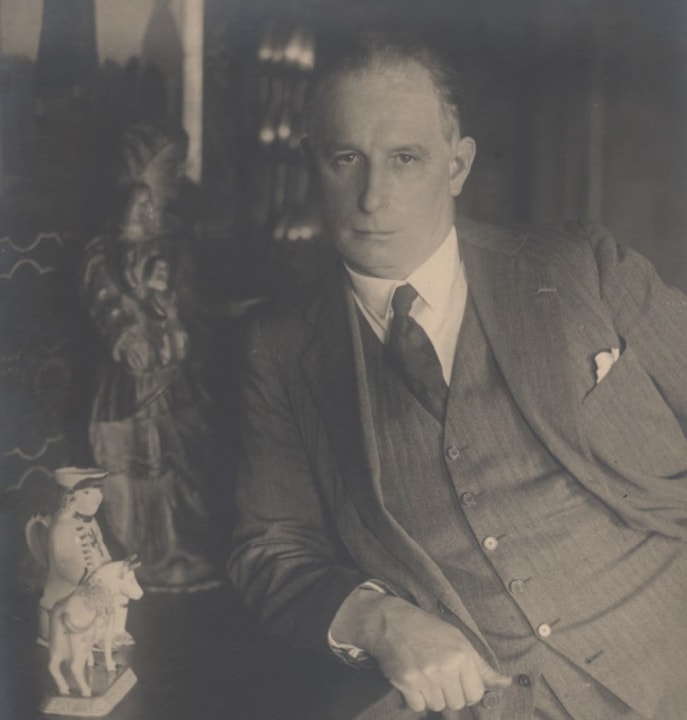
Gustave De Smet
(1877 - 1943)
Né à Gand, Gust. De Smet embrasse en connaissance de cause la profession de peintre dans l’atelier de peintre en bâtiment de son père. Son frère, l’artiste peintre Leon De Smet naît quatre ans plus tard. Dans les années 1890, Gustave est chargé de la décoration extérieure du musée Spitzner, une attraction de foire célèbre à cette époque. Le jeune homme a la chance de suivre entre 1889 et 1897 les cours de l’Académie des Beaux-Arts de sa ville natale. Contrairement à Valerius De Saedeleer et George Minne, il n’adhère pas au mouvement socialiste et anarchiste. À ses débuts, il travaille pour gagner son pain, et ce pain, c’est la bourgeoisie qui le lui assure. Le 19 février 1898, il épouse Augusta van Hoorebeke; leur fils, Firmin, perdra la vie dans un accident de chemin de fer pendant la Première Guerre Mondiale.
Vers 1906, dans le quartier populaire gantois “het Patershol”, il se lie d’amitié avec Frits Van den Berghe et Constant Permeke. Ce seront des amis pour la vie. Au début de juillet 1908, il s’installe avec femme et enfant à Laethem-Saint-Martin. De Smet travaillait déjà en 1906 dans la région, et est incontestablement attiré au village par ses amis gantois. Plus tôt cette année-là, il a travaillé avec Permeke dans le quartier du port d’Ostende. Il passe la majeure partie de son temps à Laethem-Saint-Martin. Le jeune impressionniste y sera à demeure jusqu’en 1912.
En août 1914, la famille De Smet fuit aux Pays-Bas en compagnie de Frits Van den Berghe. La confrontation avec l’art moderne lui fait trouver dans les plus brefs délais des connexions avec l’avant-garde internationale, à savoir l’expressionnisme. Avec Van den Berghe, il demeure successivement à Amsterdam et à Blaricum.
C’est seulement en 1922 qu’il revient en Belgique, où il habite quelque temps chez Permeke. Ses domiciles suivants sont à Bachte-Maria-Leerne et Afsnee. C’est surtout la Villa Malpertuis, la propriété à la campagne de Paul-Gustave van Hecke, qui a sa préférence. Finalement, en 1929-1930, il se fait construire une villa à la Pontstraat à Deurle, une maison qu’il devra vendre pendant les années de crise.
Lorsque son principal commanditaire, la Galerie Le Centaure, fait faillite, ce sont dix ans d’histoire qui sont en quelques jours vendus à l’encan. La collection de la galerie est vendue aux enchères sans limite plancher. Avec Hubert Malfait et Frits Van den Berghe, De Smet fait partie des plus durement touchés. Pas moins de cent et cinq œuvres majeures de De Smet sont liquidées pour des croûtes de pain. Il faut dire que la presse conservatrice s’empare de la crise économique et de la faillite des galeries modernistes pour annoncer également la fin de l’expressionnisme, le courant dominant dans les années 1920.
En 1936, il s’installe dans une petite maison toute simple à Deurle, l’actuel Musée Gust. De Smet. C’est là qu’il s’éteint le 8 octobre 1943.
Vers 1906, dans le quartier populaire gantois “het Patershol”, il se lie d’amitié avec Frits Van den Berghe et Constant Permeke. Ce seront des amis pour la vie. Au début de juillet 1908, il s’installe avec femme et enfant à Laethem-Saint-Martin. De Smet travaillait déjà en 1906 dans la région, et est incontestablement attiré au village par ses amis gantois. Plus tôt cette année-là, il a travaillé avec Permeke dans le quartier du port d’Ostende. Il passe la majeure partie de son temps à Laethem-Saint-Martin. Le jeune impressionniste y sera à demeure jusqu’en 1912.
En août 1914, la famille De Smet fuit aux Pays-Bas en compagnie de Frits Van den Berghe. La confrontation avec l’art moderne lui fait trouver dans les plus brefs délais des connexions avec l’avant-garde internationale, à savoir l’expressionnisme. Avec Van den Berghe, il demeure successivement à Amsterdam et à Blaricum.
C’est seulement en 1922 qu’il revient en Belgique, où il habite quelque temps chez Permeke. Ses domiciles suivants sont à Bachte-Maria-Leerne et Afsnee. C’est surtout la Villa Malpertuis, la propriété à la campagne de Paul-Gustave van Hecke, qui a sa préférence. Finalement, en 1929-1930, il se fait construire une villa à la Pontstraat à Deurle, une maison qu’il devra vendre pendant les années de crise.
Lorsque son principal commanditaire, la Galerie Le Centaure, fait faillite, ce sont dix ans d’histoire qui sont en quelques jours vendus à l’encan. La collection de la galerie est vendue aux enchères sans limite plancher. Avec Hubert Malfait et Frits Van den Berghe, De Smet fait partie des plus durement touchés. Pas moins de cent et cinq œuvres majeures de De Smet sont liquidées pour des croûtes de pain. Il faut dire que la presse conservatrice s’empare de la crise économique et de la faillite des galeries modernistes pour annoncer également la fin de l’expressionnisme, le courant dominant dans les années 1920.
En 1936, il s’installe dans une petite maison toute simple à Deurle, l’actuel Musée Gust. De Smet. C’est là qu’il s’éteint le 8 octobre 1943.
publications





